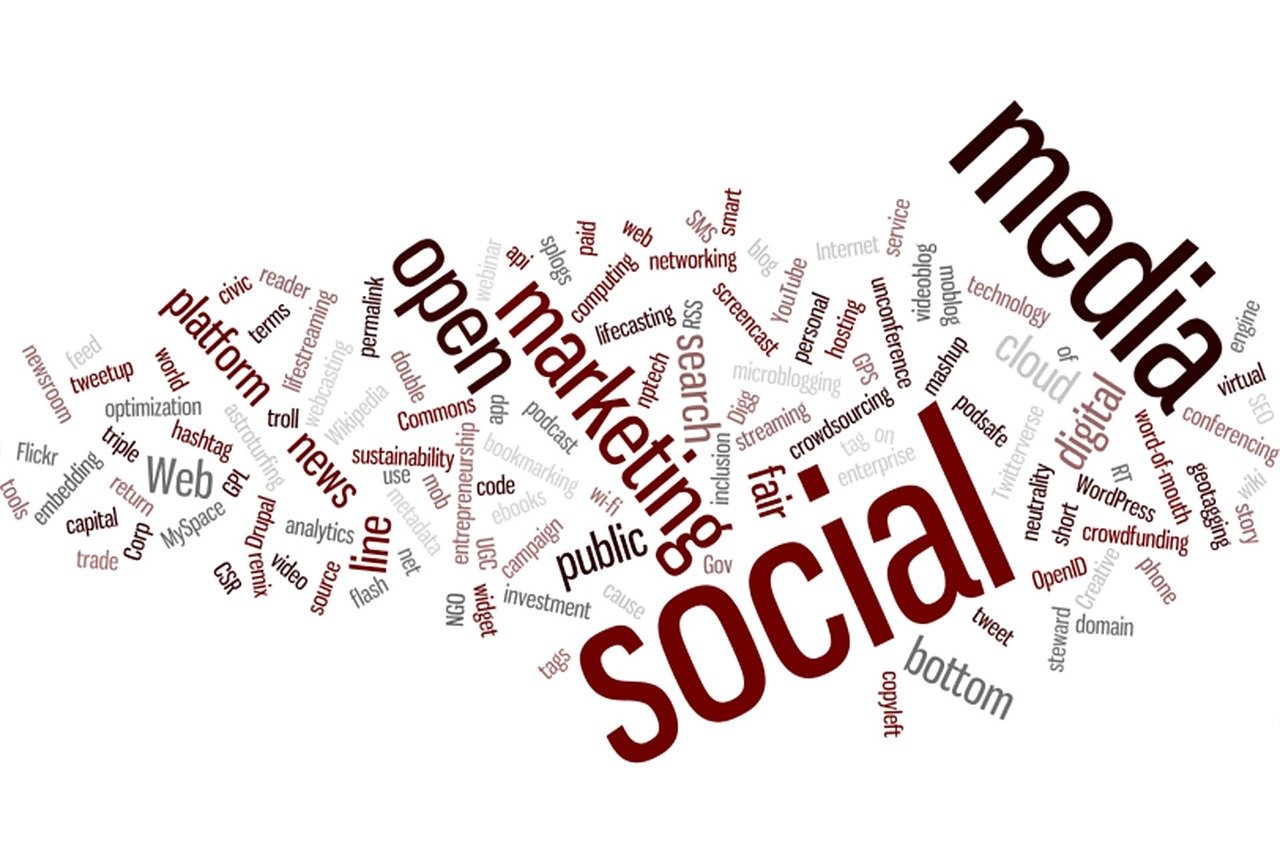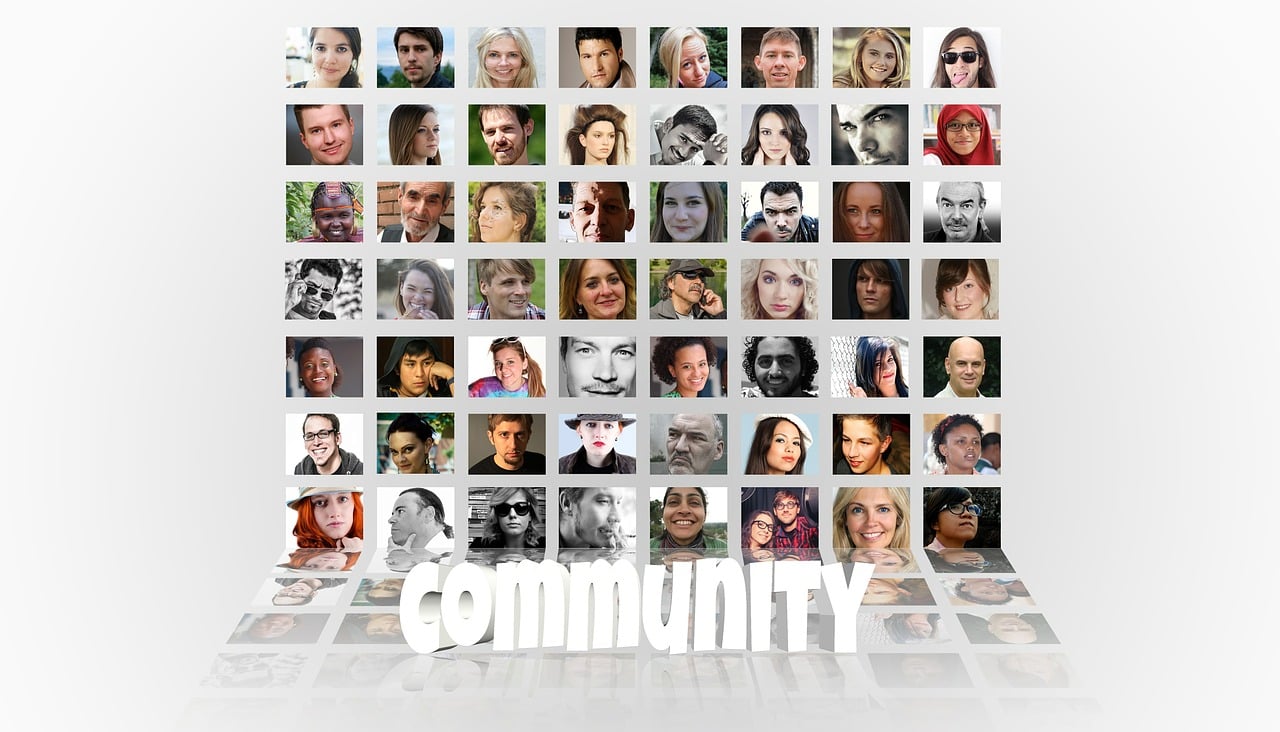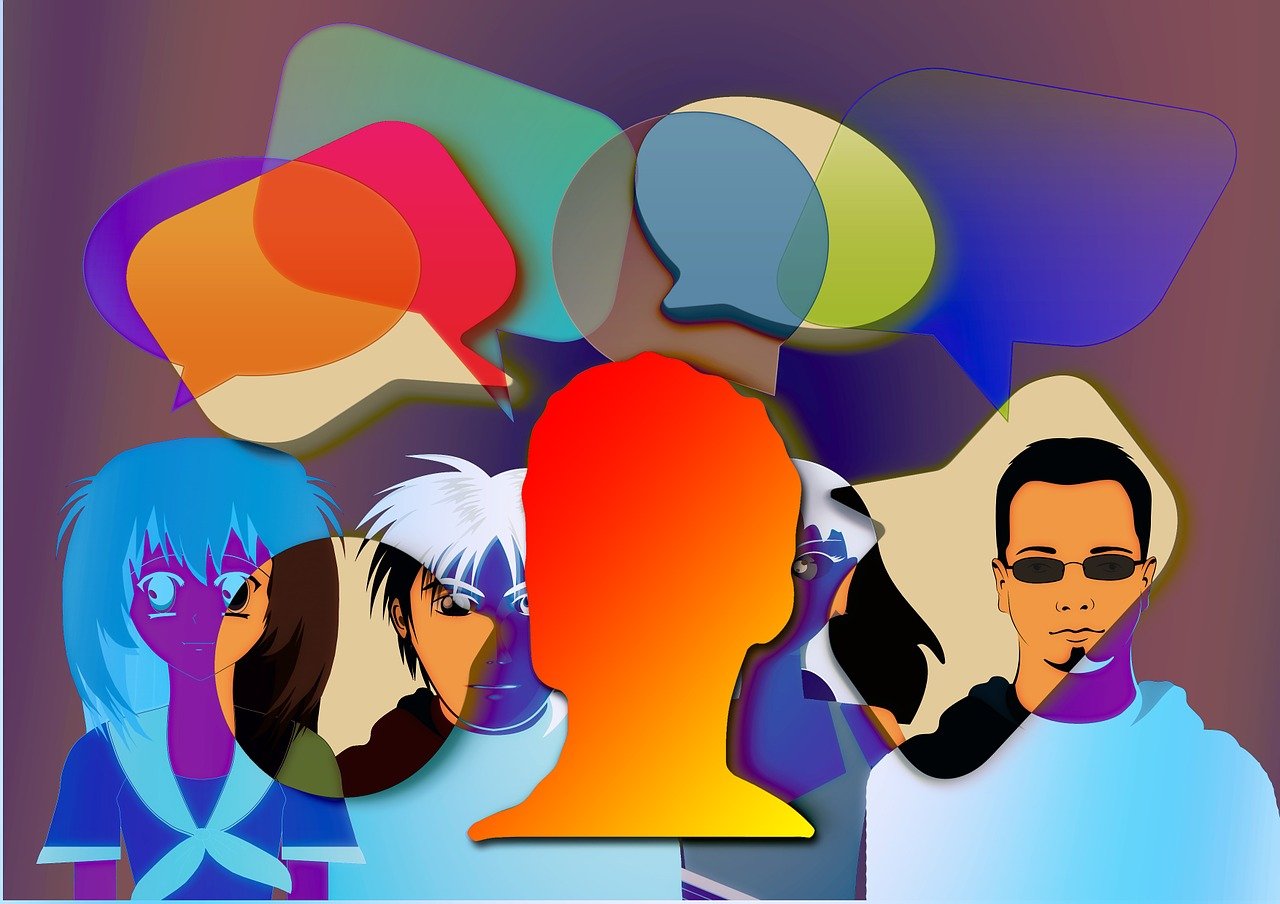
Decoding the Influence of Social News in Shaping Public Opinion
In recent years, the landscape of news consumption has dramatically transformed, largely driven by the meteoric rise of social media platforms. These platforms have not only democratized the dissemination of information but have also significantly influenced public opinion. As traditional media outlets grapple with maintaining their foothold in a digital-first world, social news has emerged as a powerful force that shapes perceptions and drives discourse. This article explores the dynamics of social news, its impact on public opinion, and the implications for society at large.
The Evolution of News Consumption
The traditional news cycle was once dictated by print publications, radio broadcasts, and television news segments. However, the advent of the internet and subsequently, social media, has revolutionized how information is accessed and consumed. Platforms such as Facebook, Twitter, and Reddit have become primary sources of news for many, particularly among younger demographics. This shift has not only increased the speed at which news travels but also expanded the diversity of voices contributing to the narrative.
The immediacy and accessibility of social news allow for real-time updates, often preceding traditional media reports. This immediacy can be both a strength and a weakness; while rapid dissemination can alert the public to critical events swiftly, it also opens the door to the spread of misinformation.
The Mechanics of Social News

Social news operates on a fundamentally different model than traditional journalism. Rather than relying solely on professional journalists, social news aggregates content from a myriad of users. This user-generated content is then amplified through likes, shares, retweets, and comments, creating a viral effect that can propel certain stories to prominence.
Algorithms play a crucial role in this process. Social media platforms use complex algorithms to curate and prioritize content based on user preferences and engagement patterns. These algorithms are designed to maximize user engagement, often by showing content that aligns with a user’s existing beliefs and interests. This can lead to the creation of echo chambers, where users are predominantly exposed to viewpoints that reinforce their pre-existing opinions.
The Role of Influencers and Citizen Journalists
In the realm of social news, influencers and citizen journalists have emerged as significant players. Influencers, with their substantial followings, have the power to sway public opinion and drive conversations. They often serve as intermediaries between news events and the public, providing their interpretations and analyses.
Citizen journalists, on the other hand, provide on-the-ground perspectives that may be overlooked by mainstream media. During protests, natural disasters, or political events, these individuals offer real-time updates and firsthand accounts that can shape public understanding. While this democratization of news is empowering, it also raises questions about credibility and accountability, as not all citizen journalists adhere to the ethical standards of traditional journalism.
The Impact on Public Opinion

The influence of social news on public opinion is profound. By shaping the narrative around key issues, social news can sway public sentiment and even influence policy decisions. For instance, social media campaigns have succeeded in drawing attention to social justice causes, environmental issues, and political movements, often resulting in tangible change.
However, the impact is not uniformly positive. The rapid spread of misinformation and the prevalence of fake news pose significant challenges. False narratives can quickly gain traction, leading to misinformed public opinion and, in some cases, harmful real-world consequences. The phenomenon of deepfakes and other sophisticated misinformation tactics further complicates the landscape, making it increasingly difficult for users to discern fact from fiction.
Addressing the Challenges
Given the complexities of social news, several strategies have been proposed to mitigate its potential downsides. Media literacy education is crucial in equipping users with the skills to critically evaluate information. By fostering an understanding of how social news operates and the pitfalls of misinformation, individuals can become more discerning consumers of information.
Furthermore, social media platforms themselves are being called upon to take greater responsibility. Initiatives such as fact-checking partnerships, flagging false information, and providing context for potentially misleading content are steps in the right direction. However, these efforts must be balanced with respecting free speech and avoiding censorship.
The Future of Social News

As technology continues to evolve, so too will the landscape of social news. Emerging technologies such as artificial intelligence and machine learning offer both challenges and opportunities. These technologies have the potential to enhance content curation and improve the detection of misinformation. However, they also raise ethical questions about privacy, surveillance, and the potential for algorithmic bias.
The future of social news will likely be shaped by the ongoing dialogue between technology developers, policymakers, media organizations, and the public. Collaborative efforts will be necessary to ensure that social news serves the public good while mitigating its potential harms.
Takeaways
Social news has undeniably transformed the way we consume information and engage with the world around us. Its influence on public opinion is significant, offering both opportunities for positive change and challenges that must be addressed. As we navigate this dynamic landscape, it is crucial to remain vigilant and informed, fostering a media environment that is both inclusive and responsible. By understanding the mechanics and implications of social news, we can better harness its power to shape a more informed and equitable society.
Empowering Users in the Age of Social News
As social news continues to evolve, empowering users to navigate this complex landscape is essential. Users must be equipped with tools and knowledge to critically assess the vast array of information they encounter daily. This empowerment involves not only individual responsibility but also systemic changes to support informed decision-making.
Promoting Media Literacy
Media literacy programs are crucial in fostering an informed populace capable of discerning credible information from misinformation. Educational institutions can integrate media literacy into curricula, teaching students how to analyze sources, understand biases, and verify facts. Initiatives such as the National Media Literacy Week aim to raise awareness and provide resources to educators and the public alike.

Beyond formal education, community workshops and online courses can offer accessible learning opportunities for all ages. These programs should focus on practical skills, such as identifying credible sources, understanding the role of algorithms, and recognizing common misinformation tactics.
Encouraging Critical Engagement
While media literacy is foundational, fostering a culture of critical engagement is equally important. Users should be encouraged to question the information they encounter, engage in constructive dialogue, and seek diverse perspectives. Social media platforms can facilitate this by promoting features that encourage thoughtful discussion and by highlighting reputable sources.
Moreover, online communities can play a role in promoting critical engagement. Platforms like Reddit have subreddits dedicated to fact-checking and in-depth discussion, providing spaces where users can collaboratively analyze and debate information. These communities can serve as valuable resources for those seeking to deepen their understanding of complex issues.
The Role of Technology in Supporting Informed Consumption
Technology itself can be leveraged to support users in making informed decisions. Developers can create tools and applications that assist users in verifying information and identifying potential biases. For example, browser extensions that flag unreliable sources or provide context for news stories can enhance user awareness and understanding.

Artificial intelligence also holds promise in this arena. AI algorithms can be designed to detect misinformation, analyze sentiment, and provide users with balanced viewpoints. However, developers must ensure that these technologies are transparent and free from bias to maintain user trust and efficacy.
A Collaborative Approach to Social News
Addressing the challenges of social news requires collaboration across sectors. Policymakers, tech companies, media organizations, and the public must work together to create a media environment that prioritizes accuracy and accountability. Policymakers can implement regulations that promote transparency and hold platforms accountable for the content they disseminate.
Tech companies must commit to ethical practices, investing in research and development to enhance content moderation and misinformation detection. Partnerships with fact-checking organizations can further bolster these efforts, providing users with reliable information and context.
Looking Ahead: The Future of Public Discourse
As we look to the future, the landscape of social news will undoubtedly continue to evolve. Emerging technologies and shifting societal norms will shape the way we consume and interact with information. By prioritizing media literacy, critical engagement, and technological innovation, we can navigate the complexities of social news and foster a more informed public discourse.
Ultimately, the goal is to create a media ecosystem that empowers individuals, promotes diverse perspectives, and upholds the principles of accuracy and integrity. By working together, we can harness the power of social news to build a more informed and inclusive society, where public opinion is shaped by facts and thoughtful analysis rather than misinformation and division.







